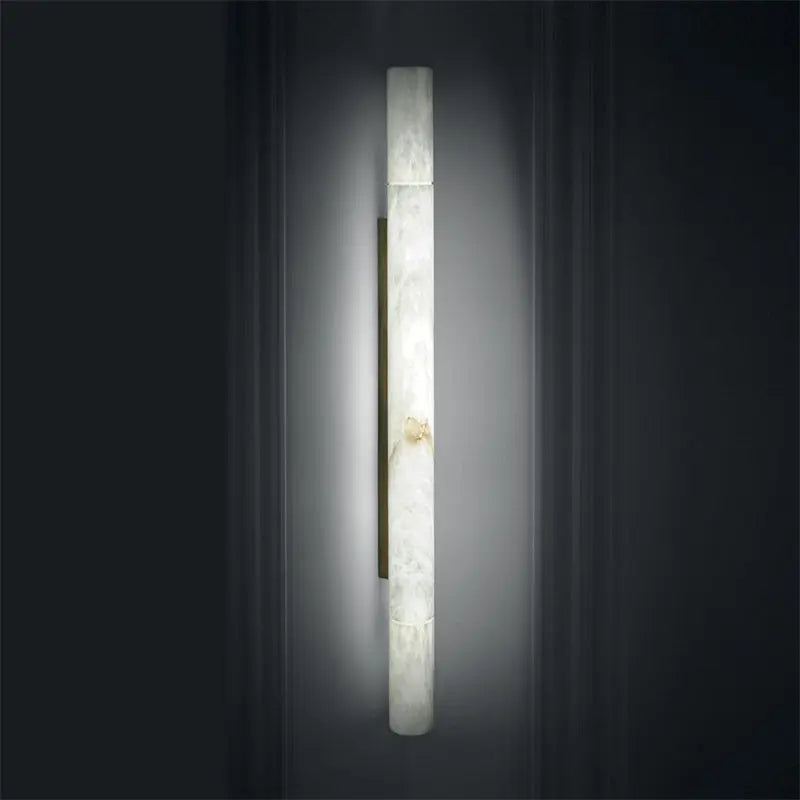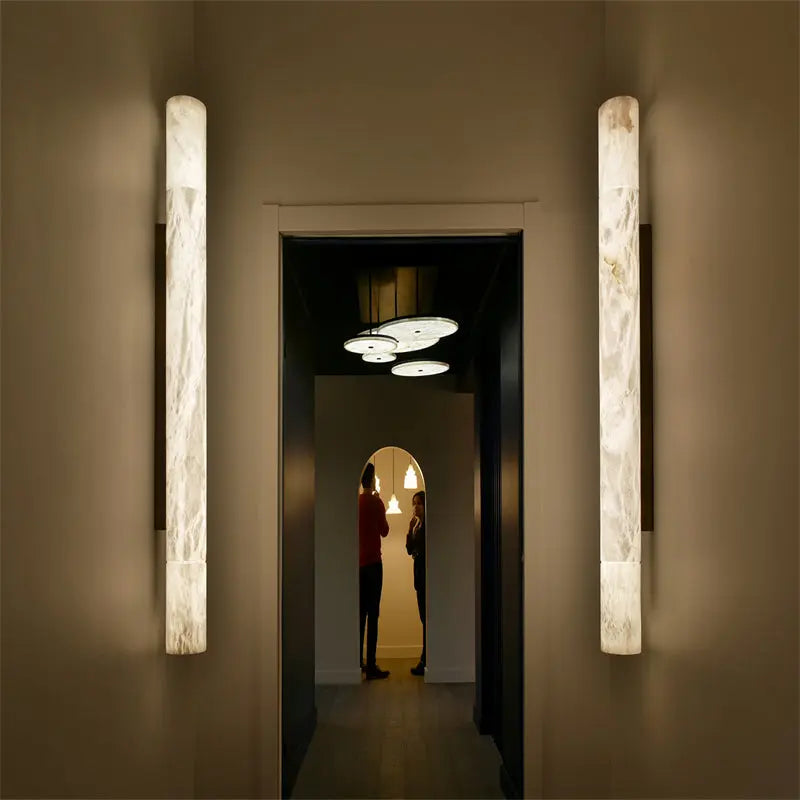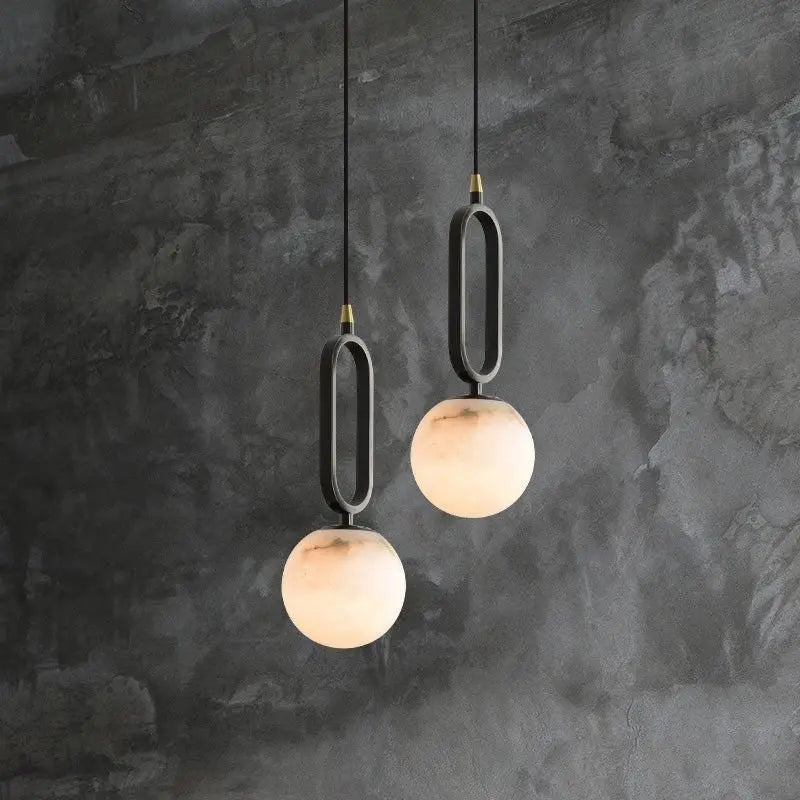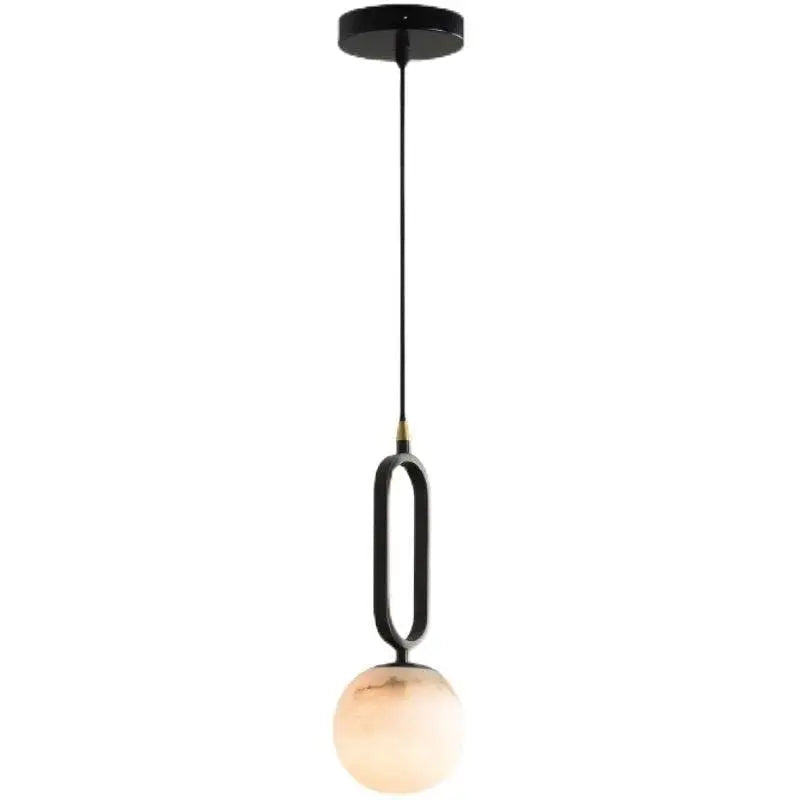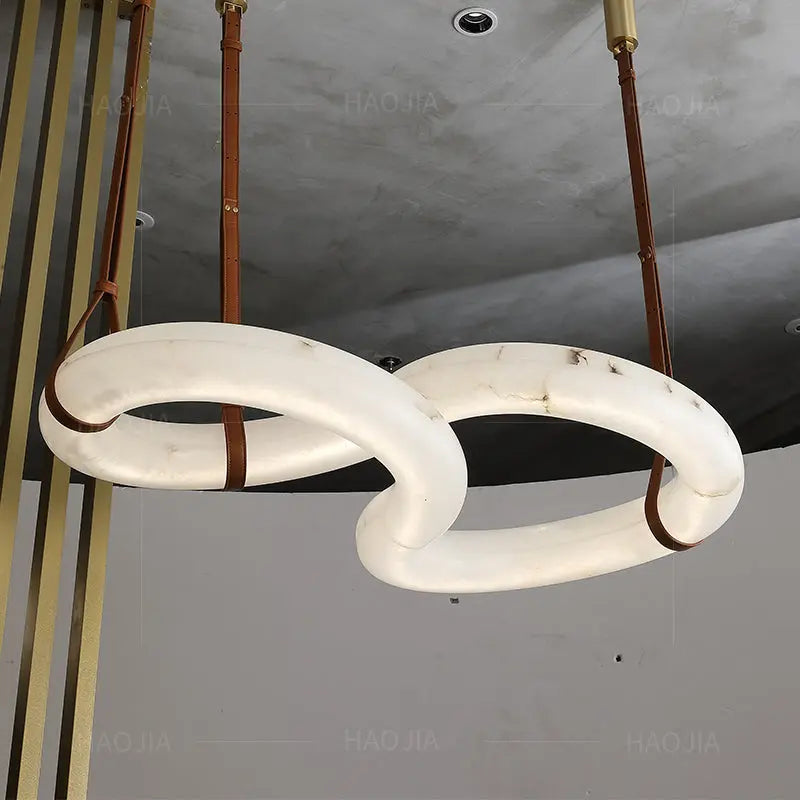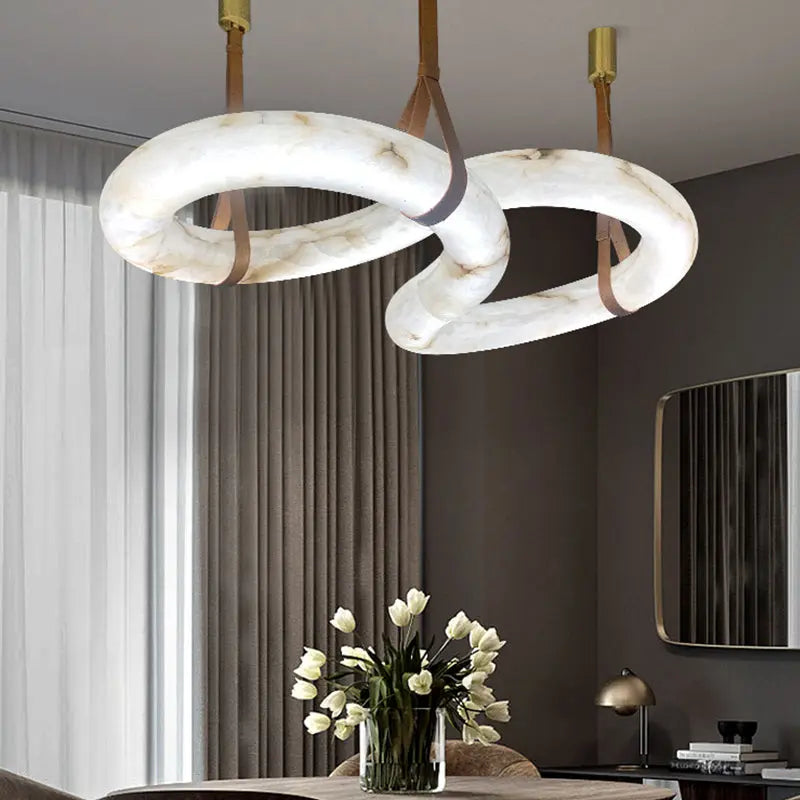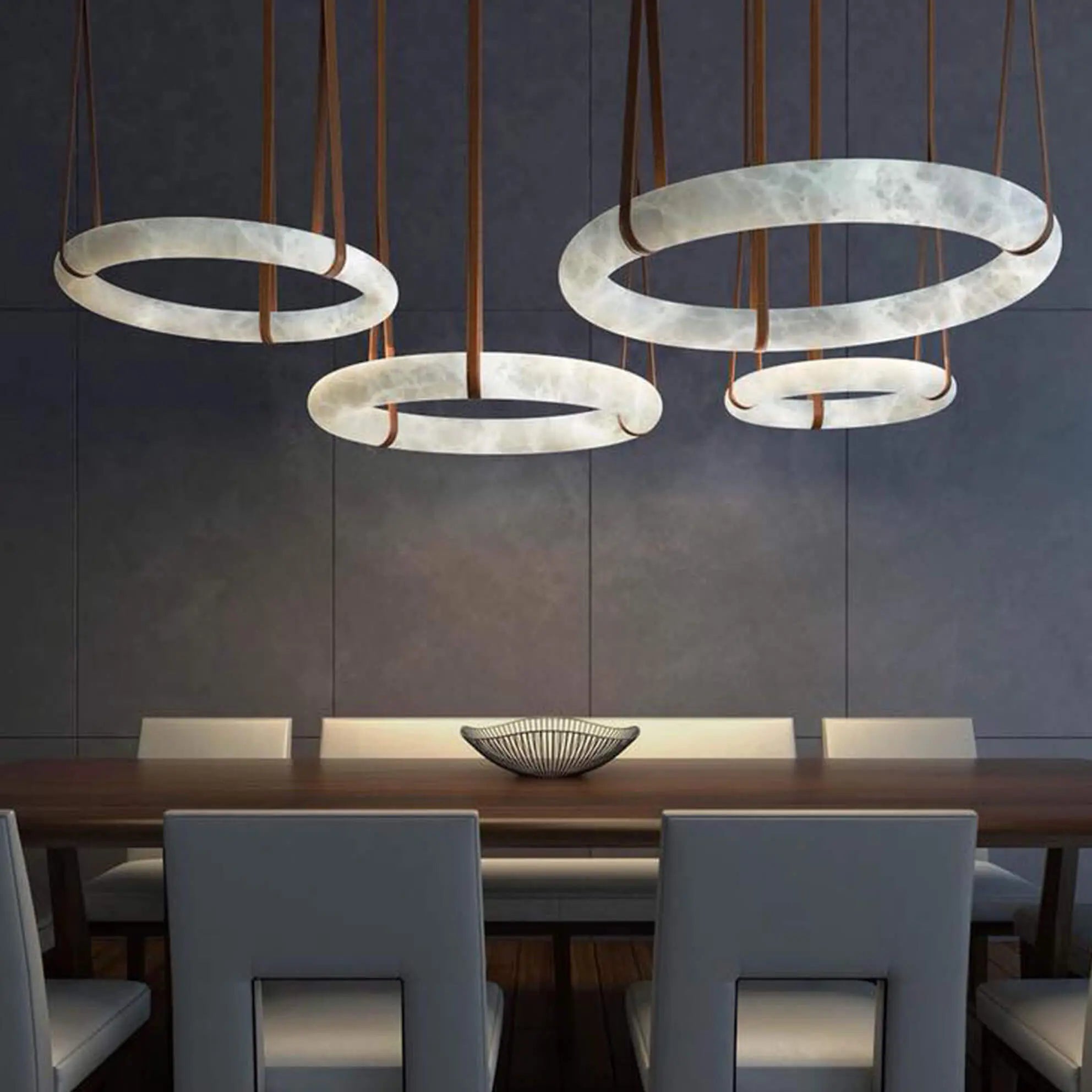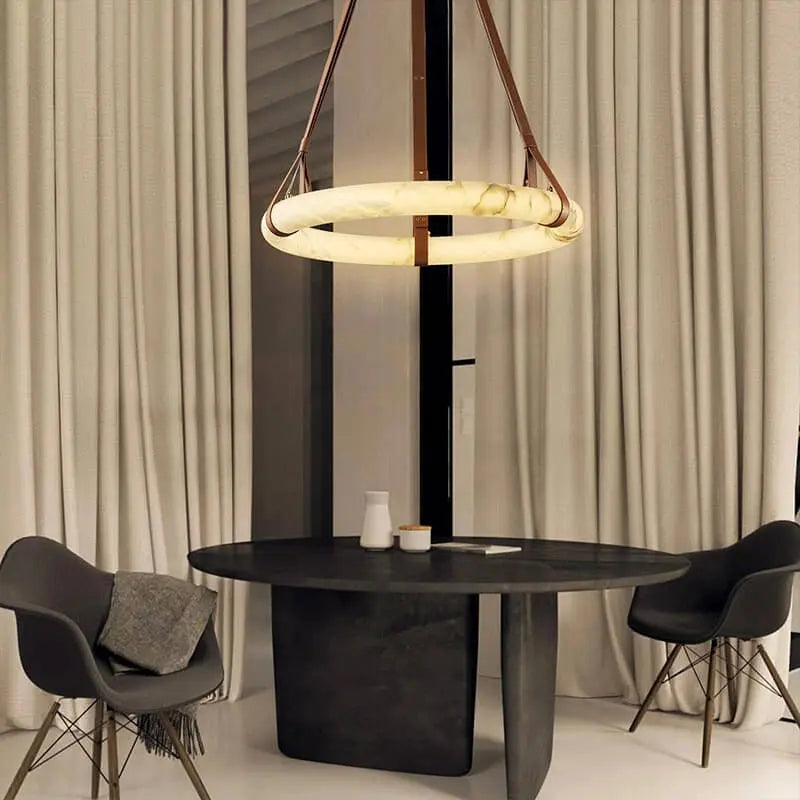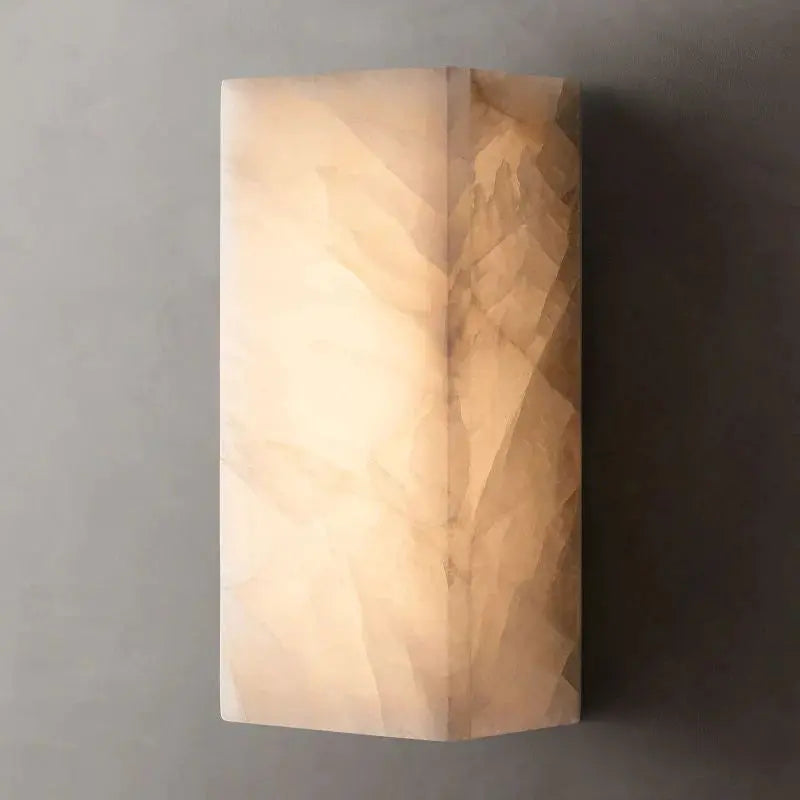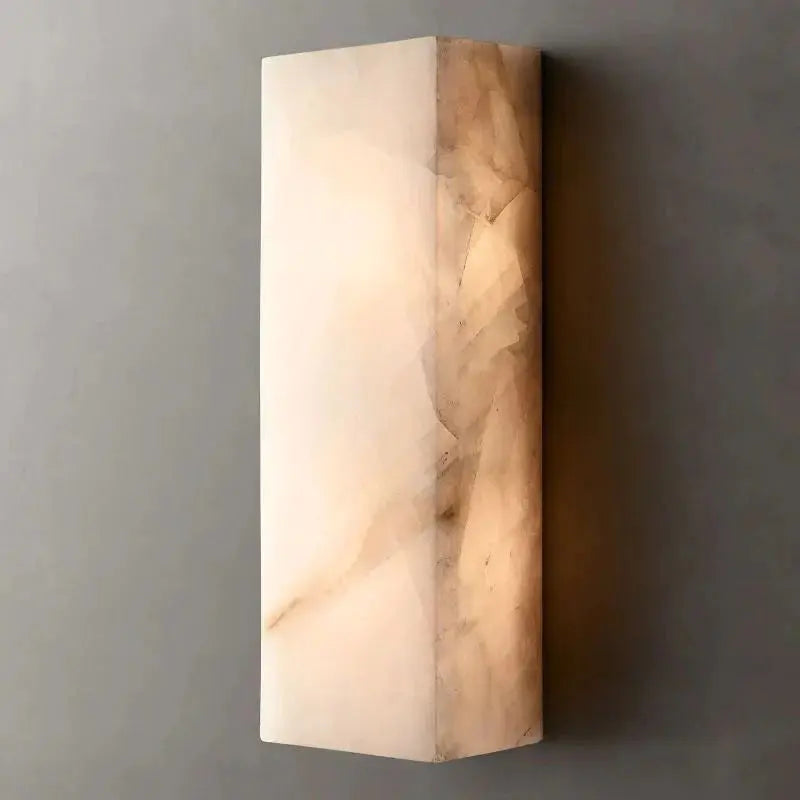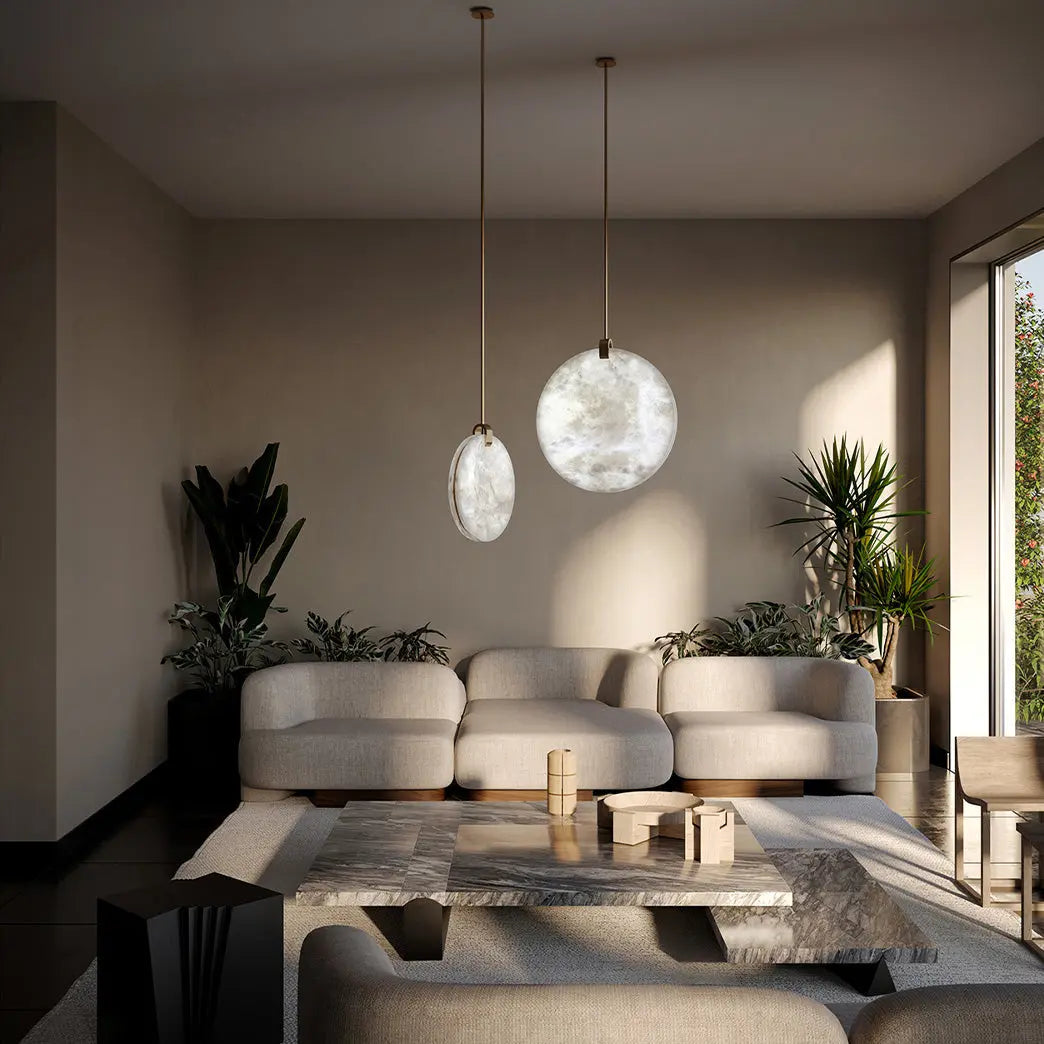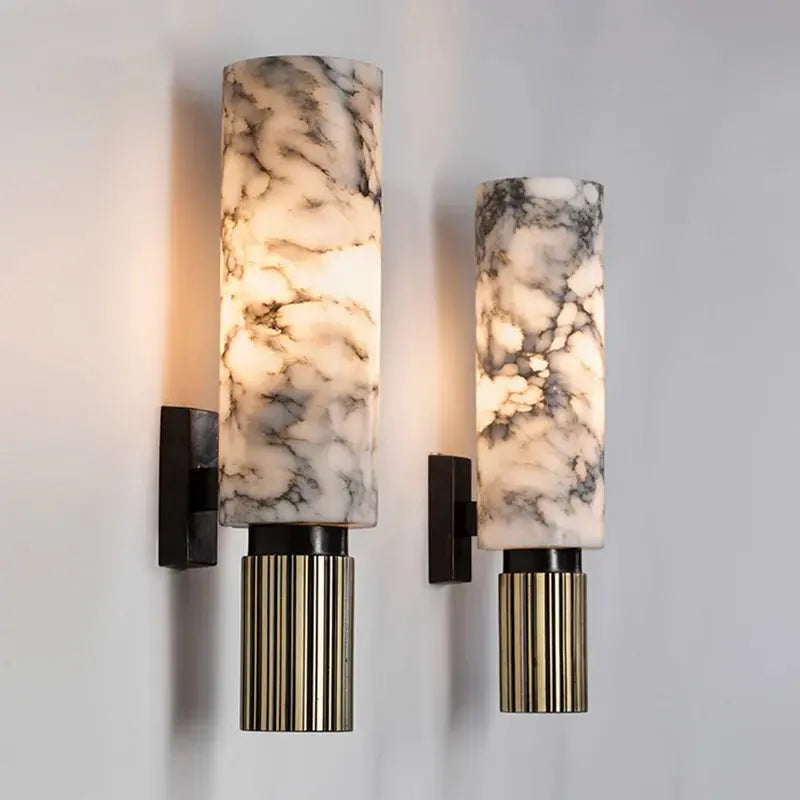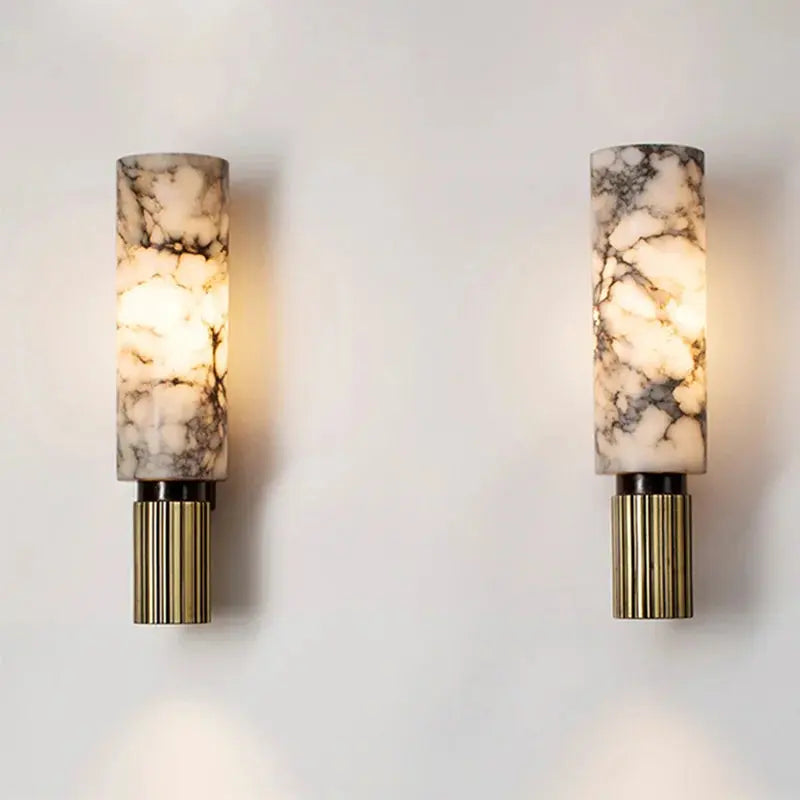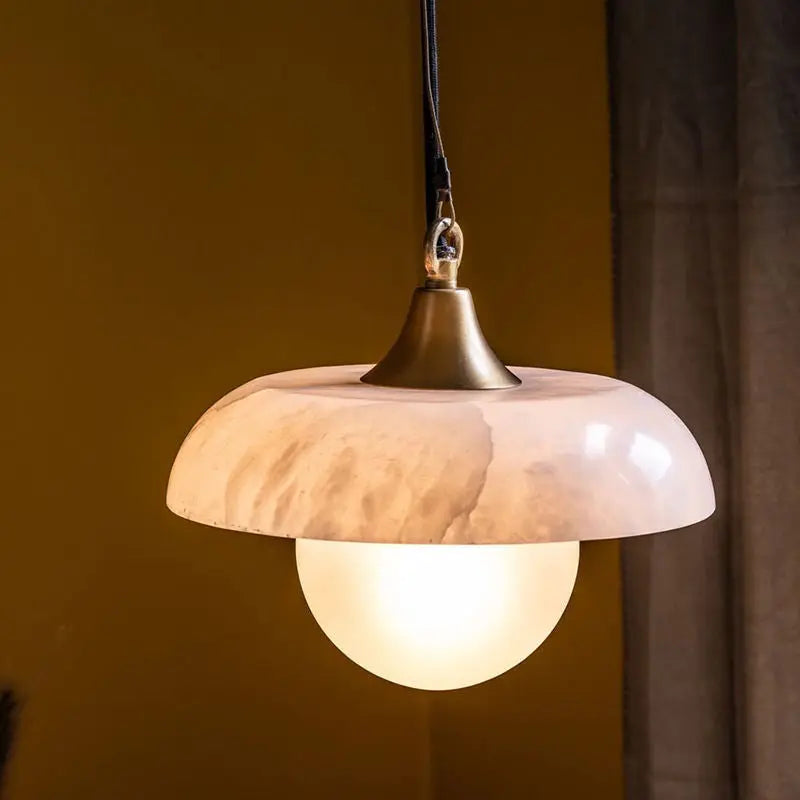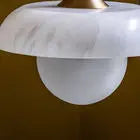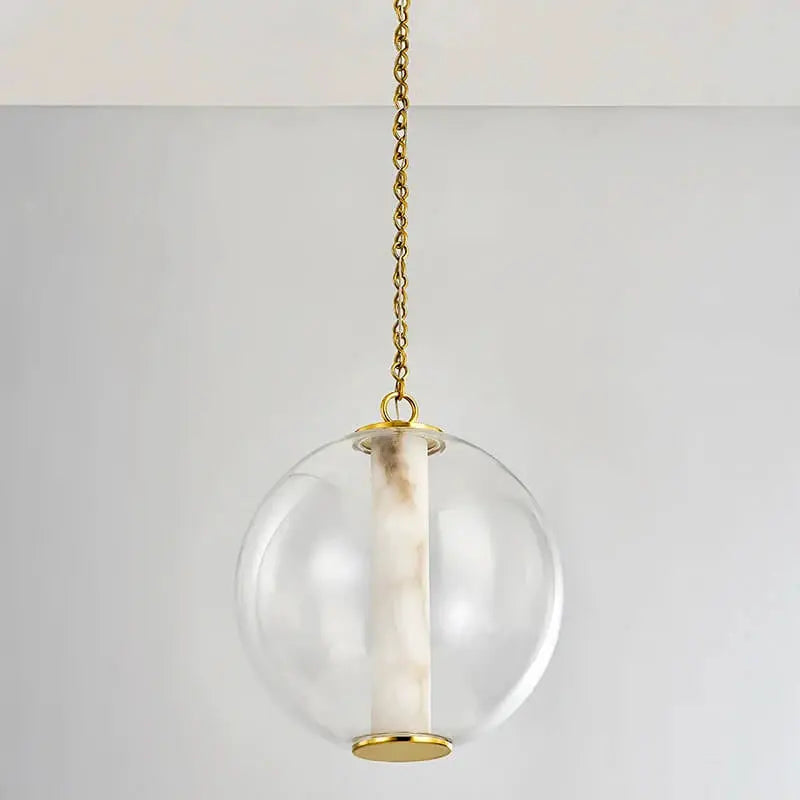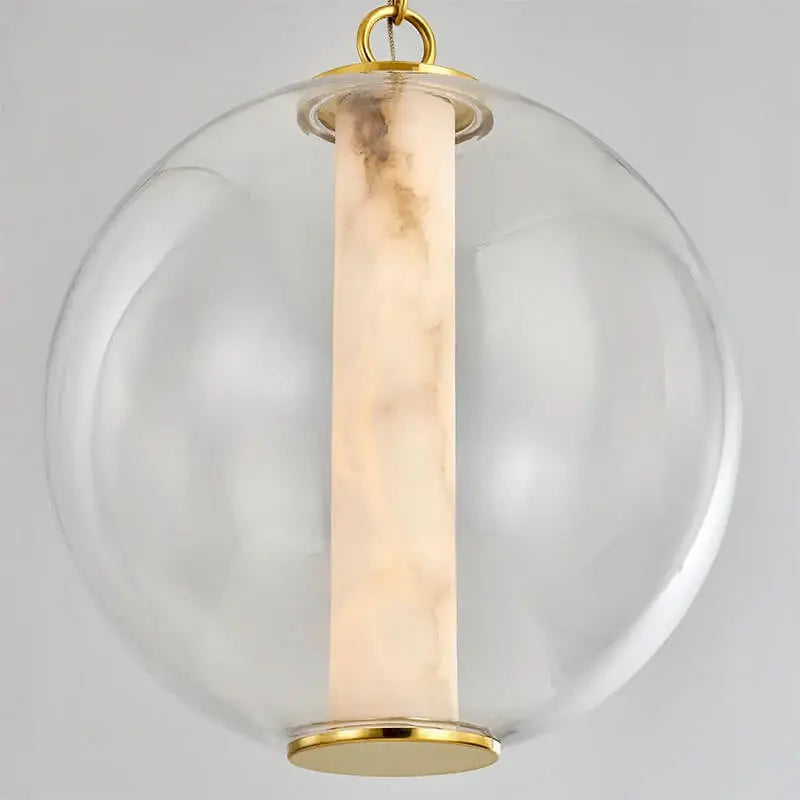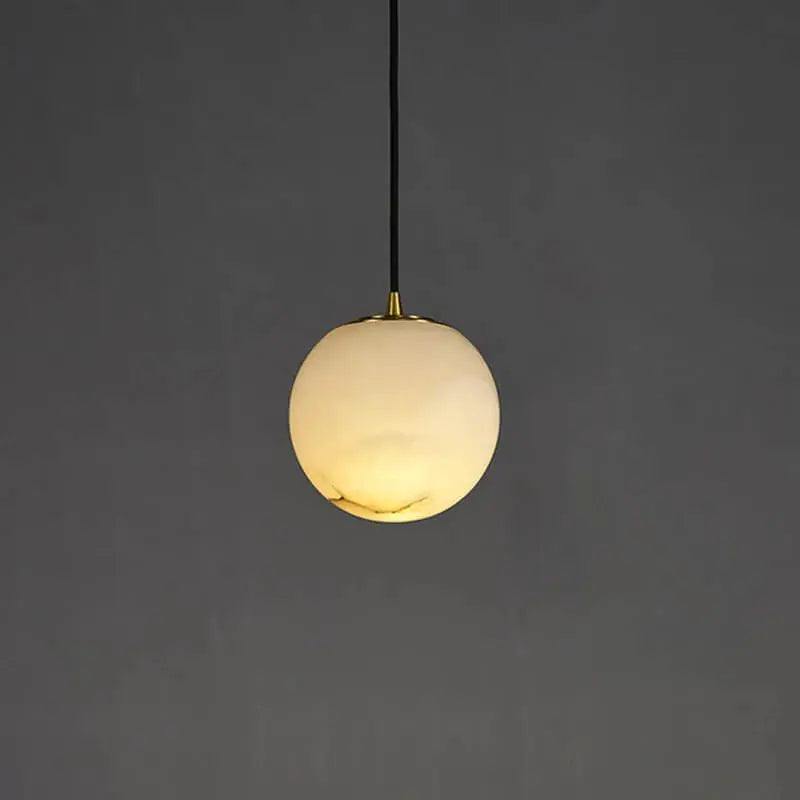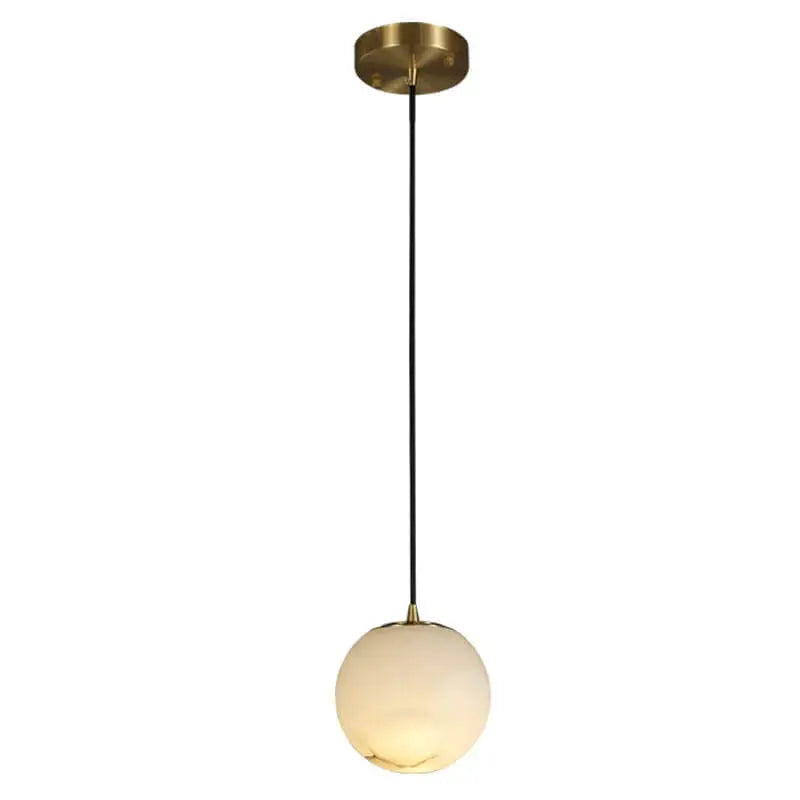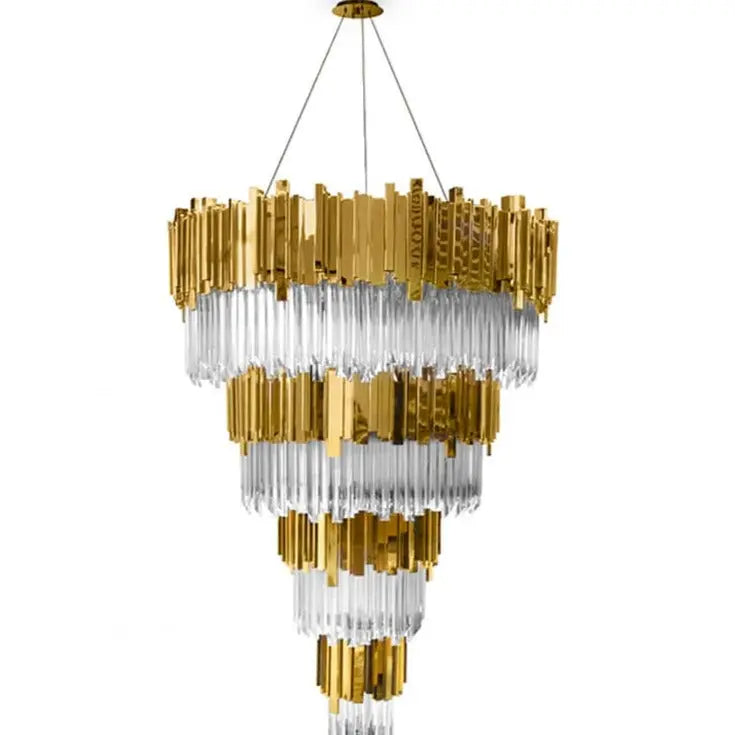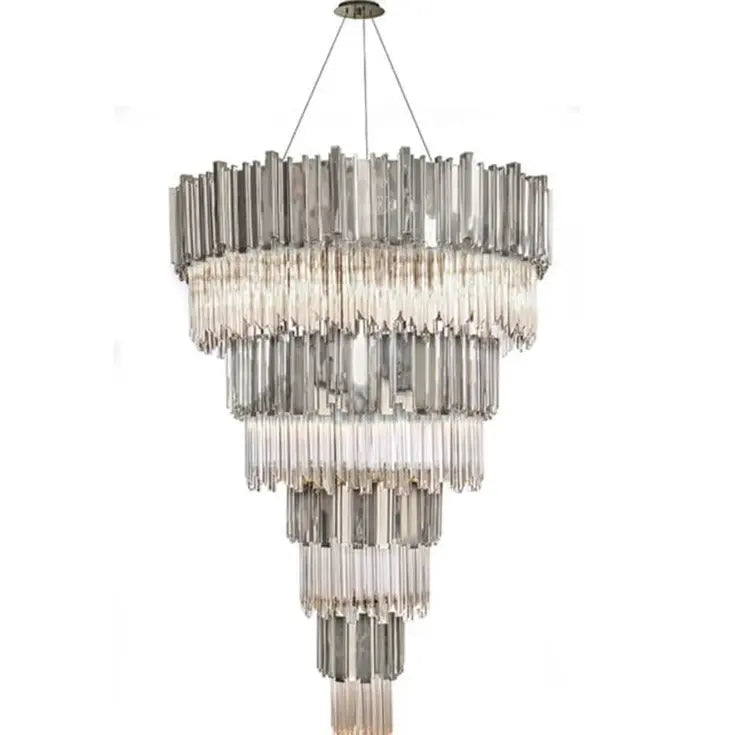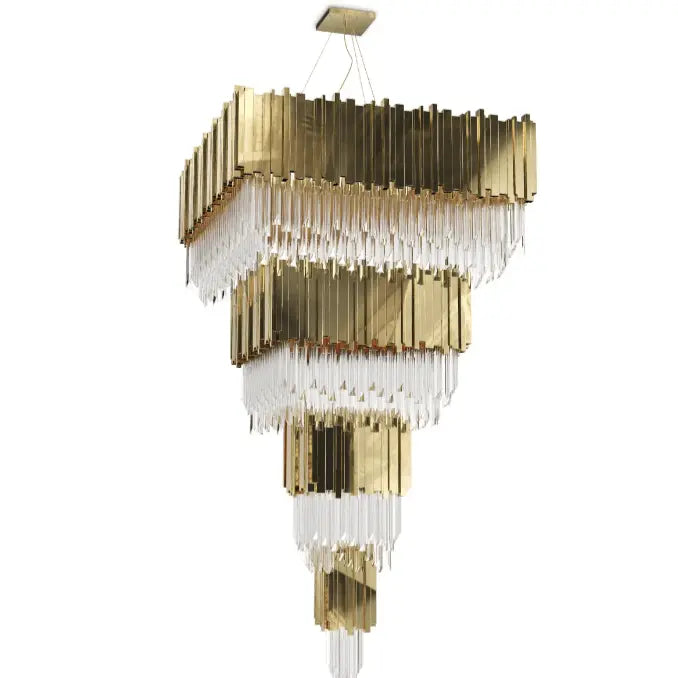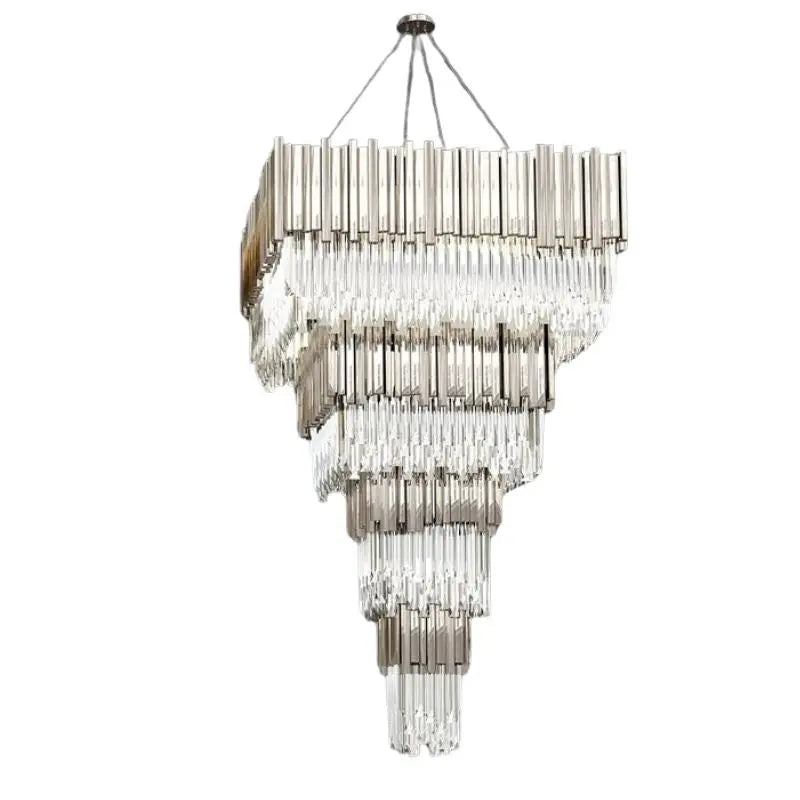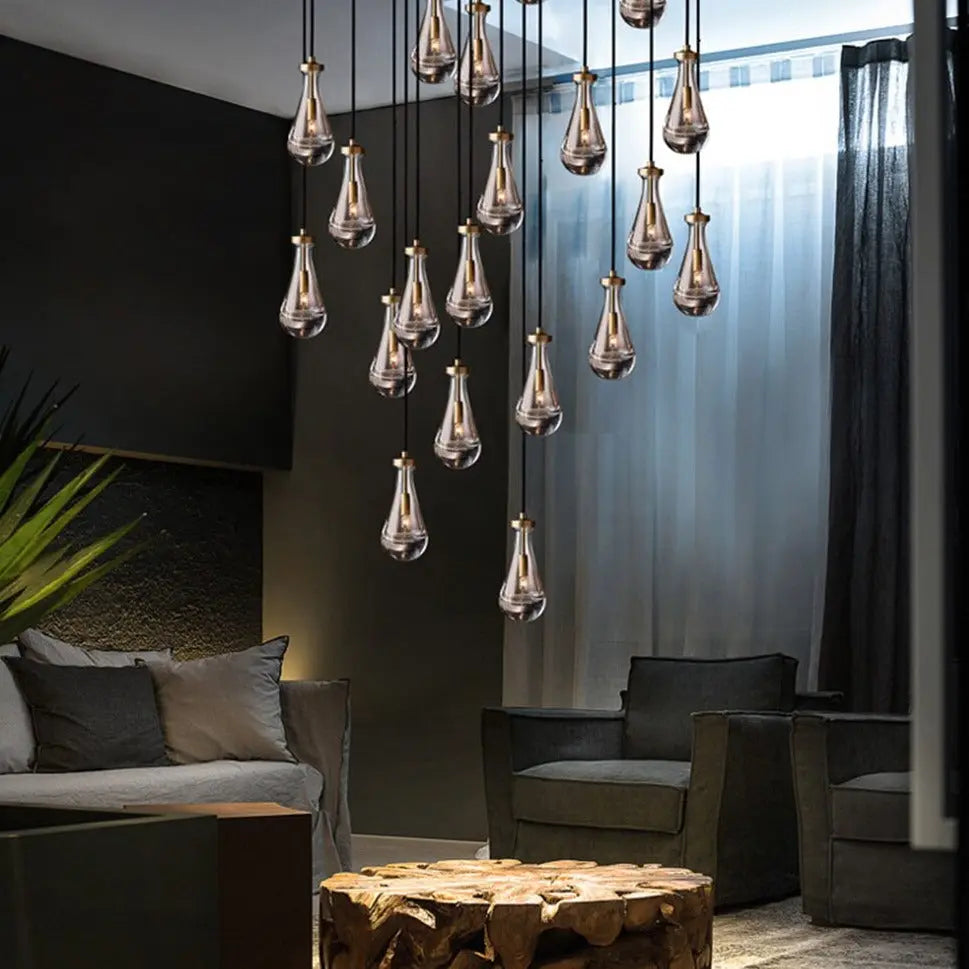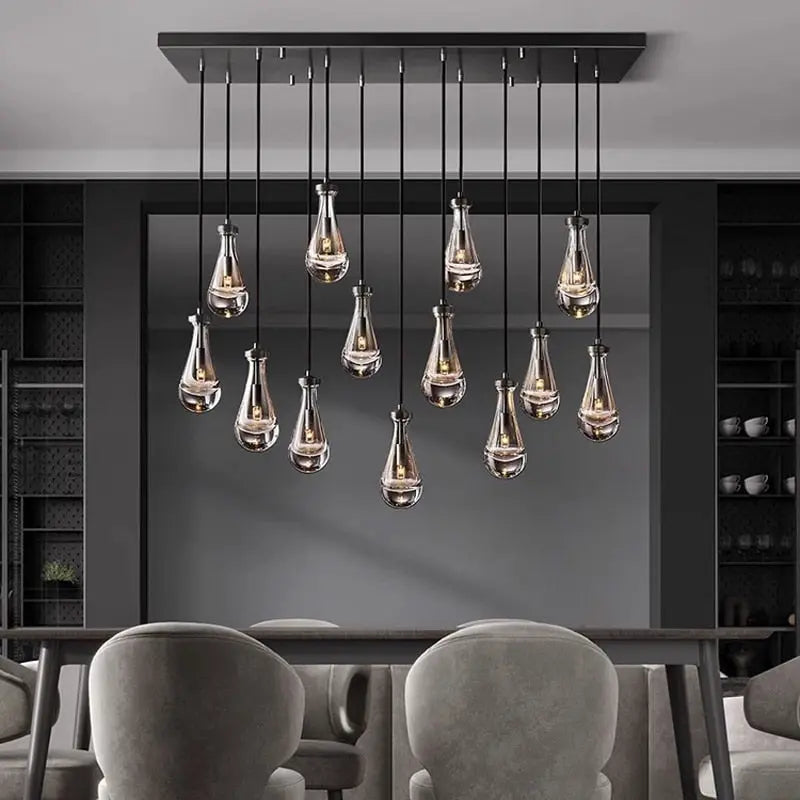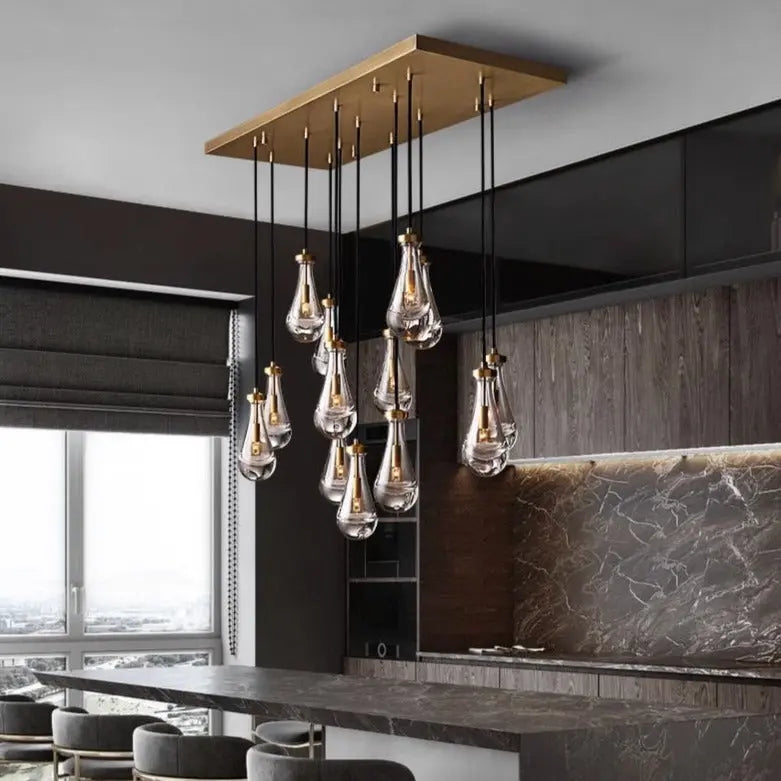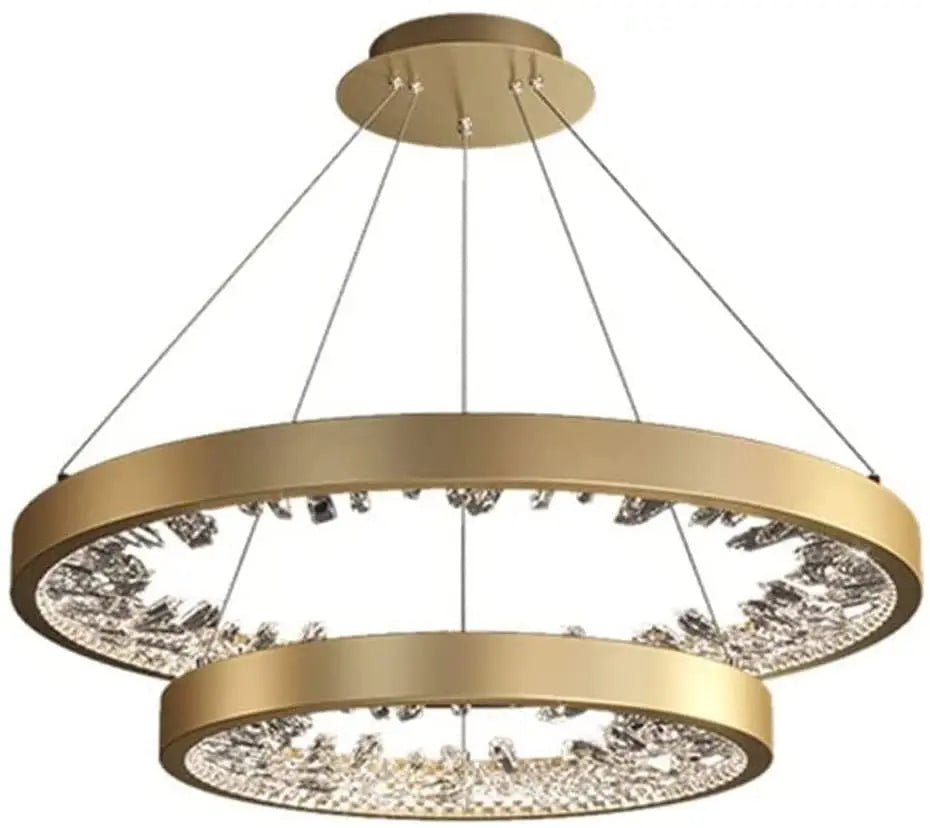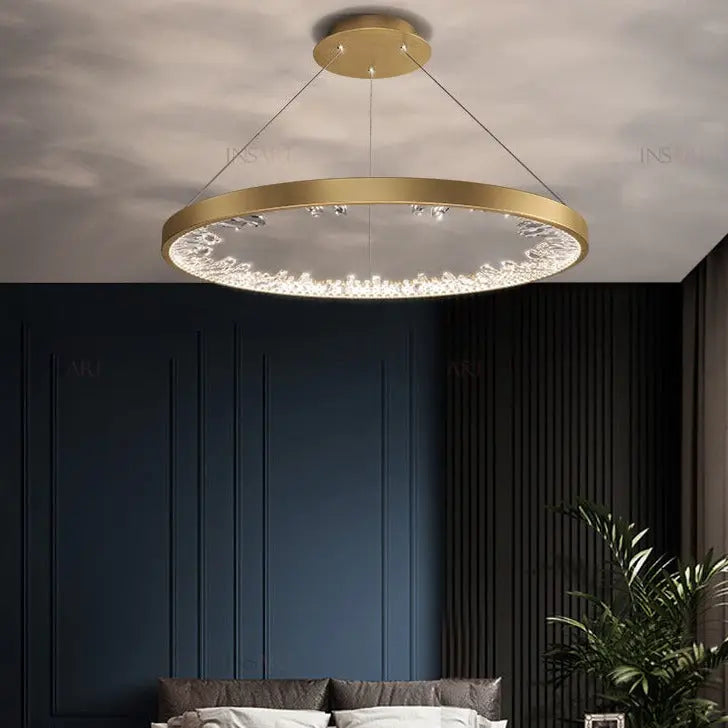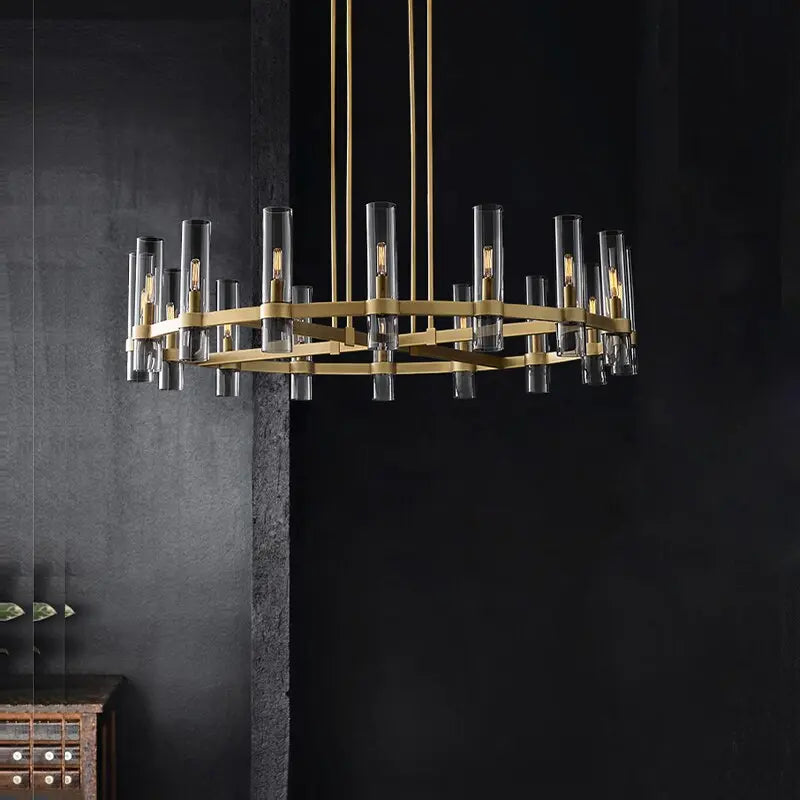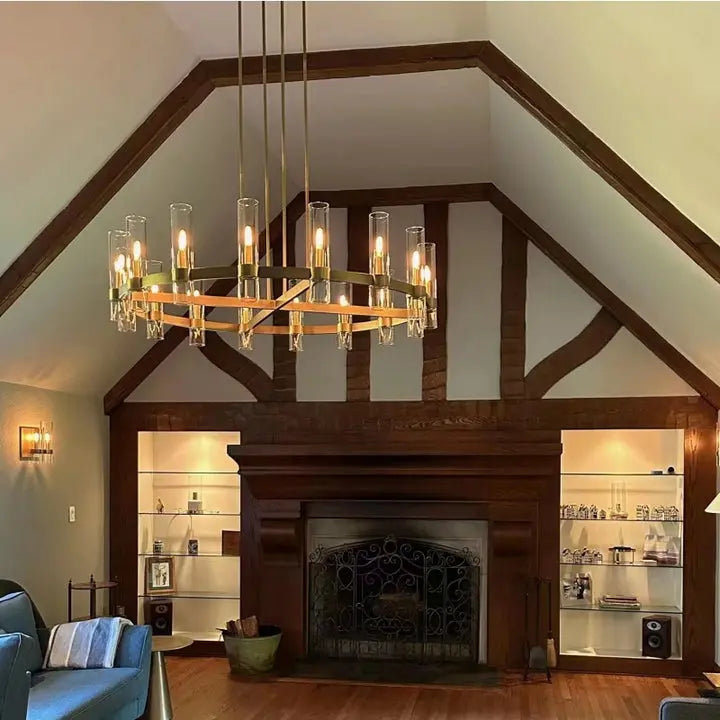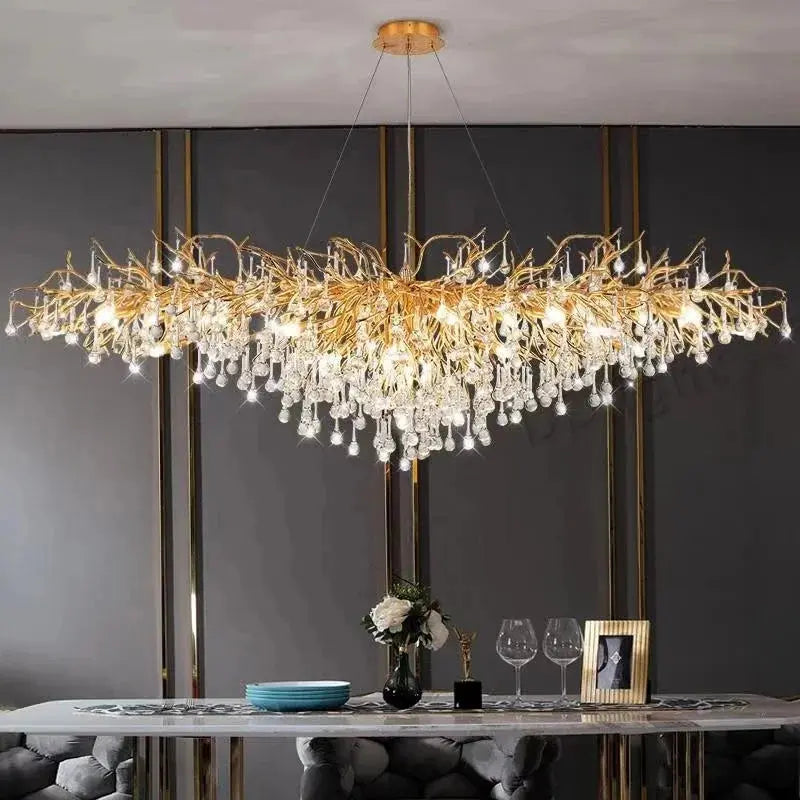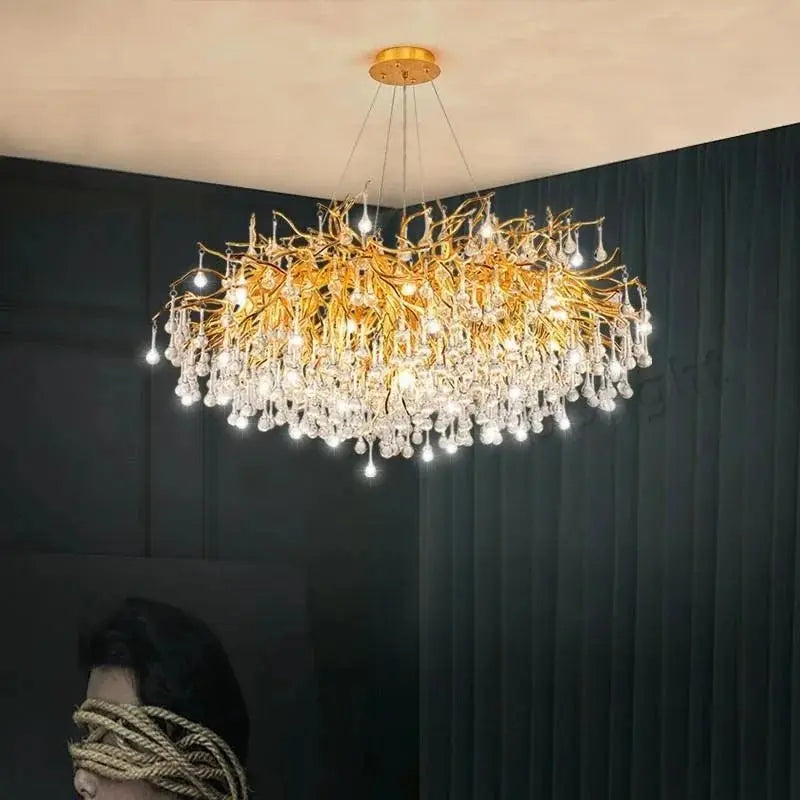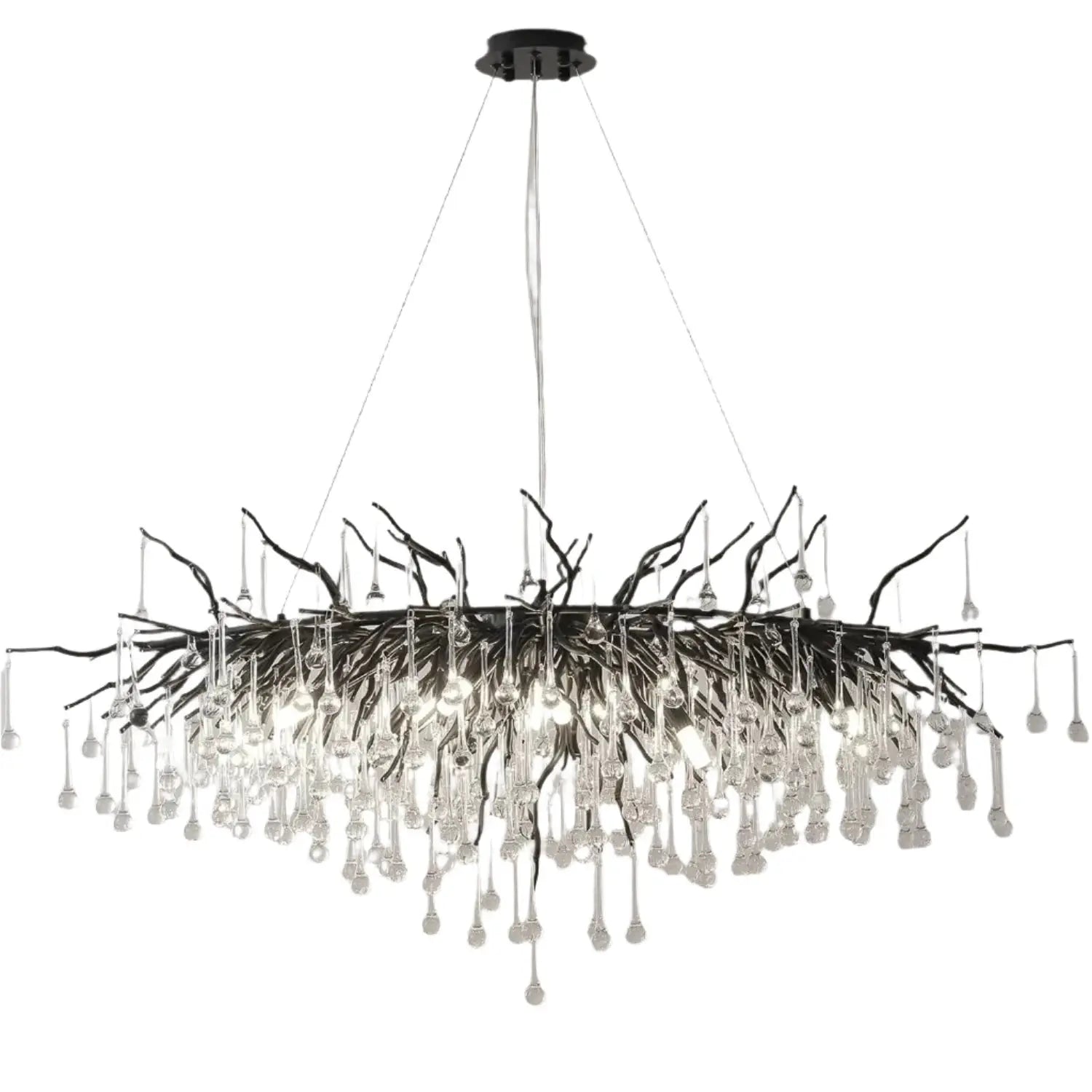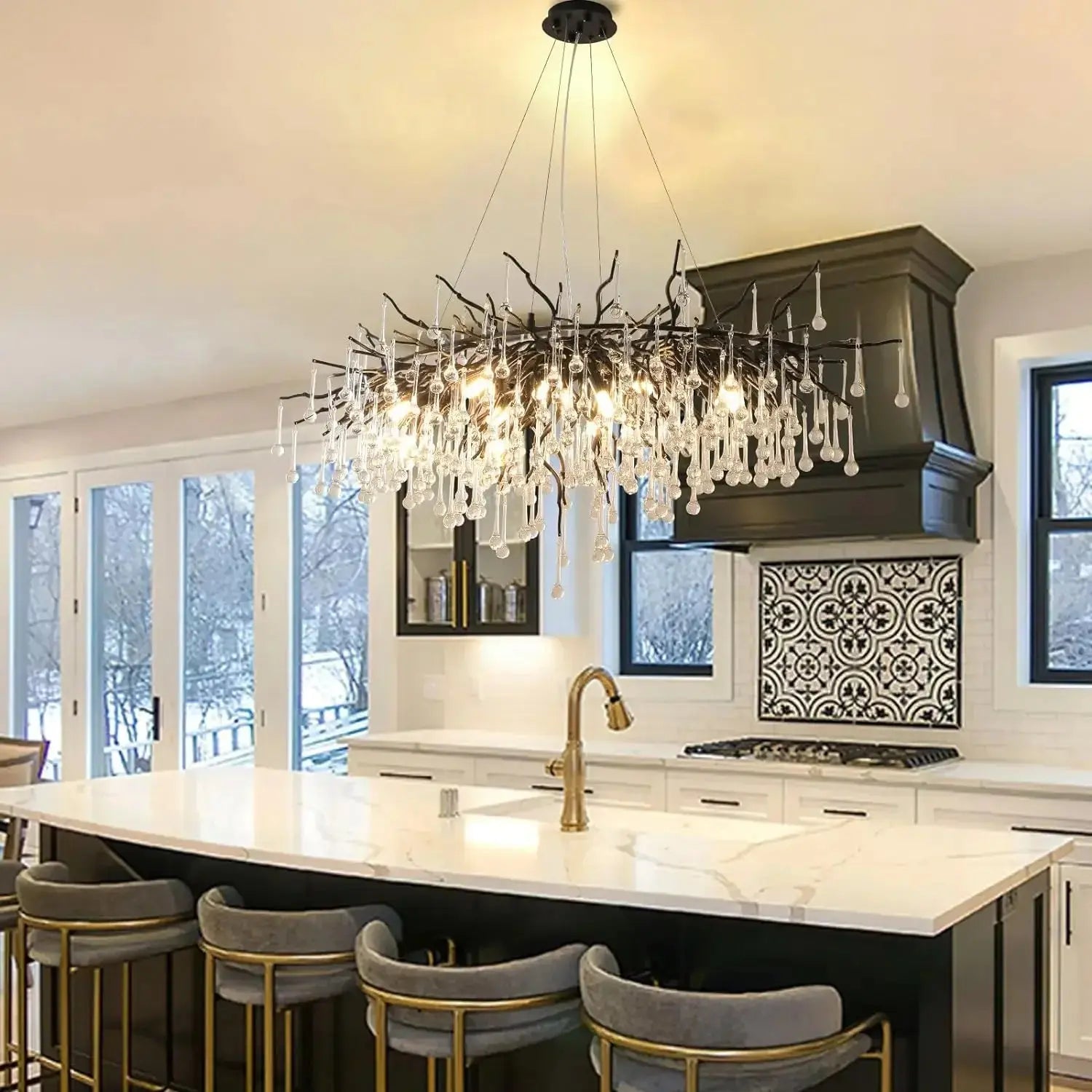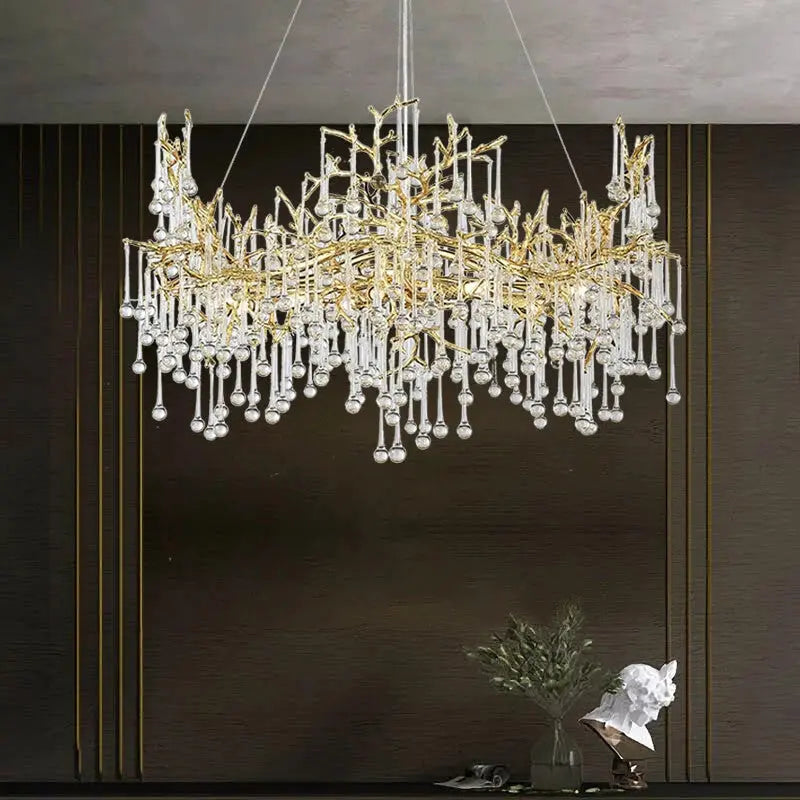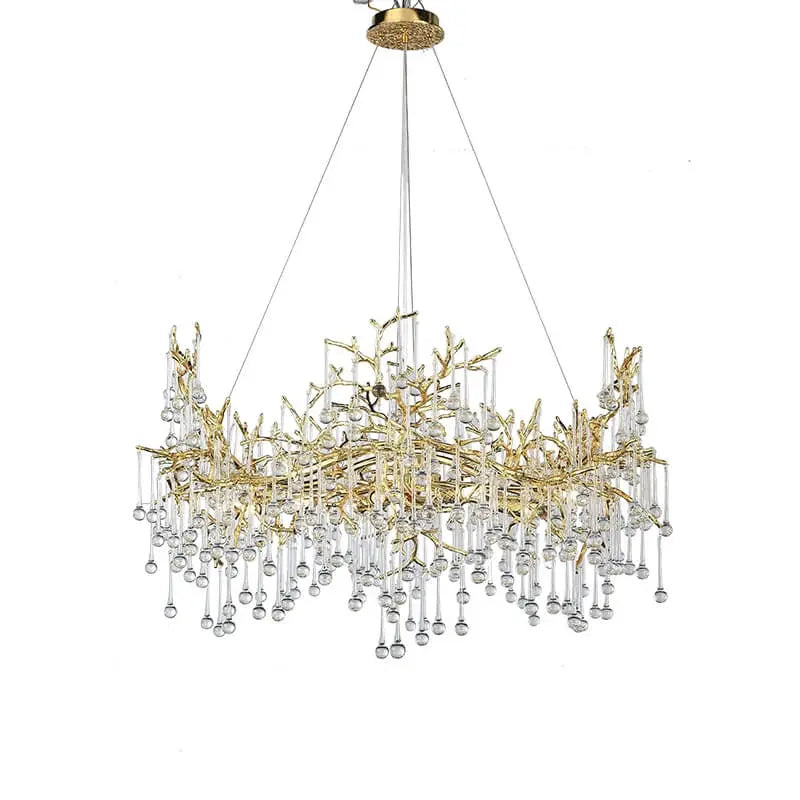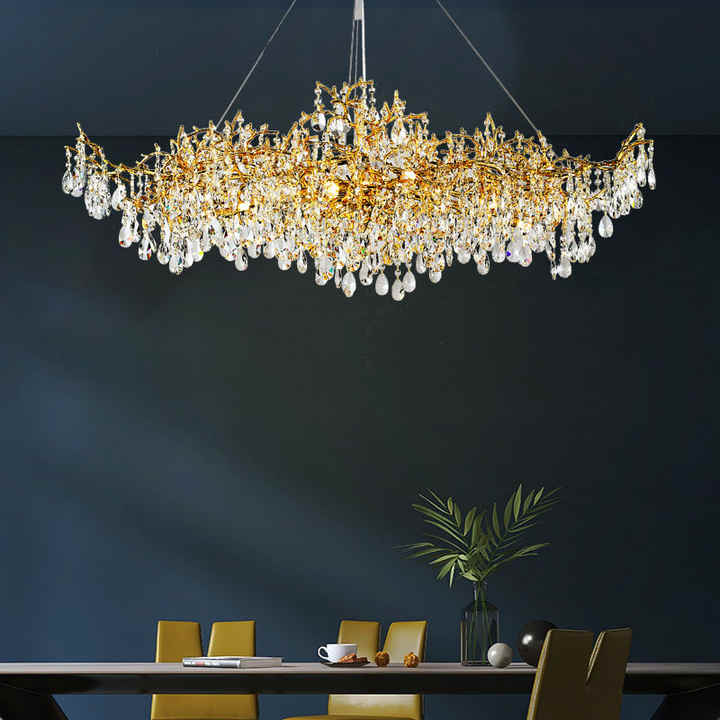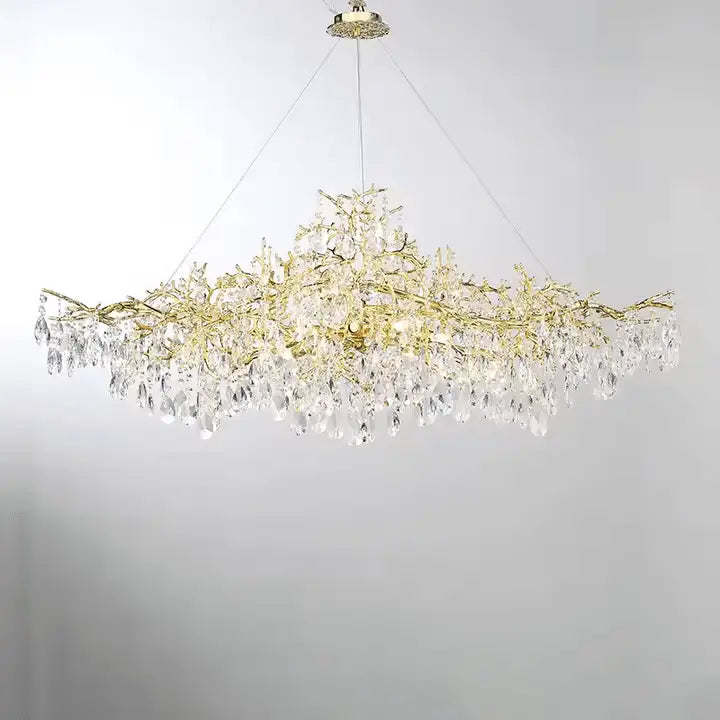As we move into 2025, the world of home interiors is buzzing with fresh ideas and creative trends. From sustainable designs to bold color choices, this year’s home interiors catalogs are all about blending functionality with personal style. Whether you're revamping your living room or just browsing for inspiration, there's something for everyone in these exciting trends.
Key Takeaways
- Sustainability is a major focus, with eco-friendly materials and designs taking center stage.
- Maximalism is making a comeback, celebrating bold patterns and layered textures.
- Biophilic design continues to grow, emphasizing natural elements like plants and light.
- Smart home technology is seamlessly integrating into interior design, offering both style and convenience.
- Warm and earthy tones are dominating color palettes, creating cozy and inviting spaces.
Sustainable Materials Shaping Modern Homes

Eco-Friendly Furniture Choices
When it comes to furniture, sustainability is no longer just a buzzword—it’s a necessity. Many brands are now creating stunning pieces from materials like reclaimed wood, recycled metals, and bamboo. These choices not only minimize waste but also add a unique charm to your home. For example, a dining table made of salvaged wood tells a story, while recycled metal chairs can bring an industrial yet eco-conscious vibe to your space. Look for certifications like FSC (Forest Stewardship Council) when shopping to ensure your furniture meets sustainability standards.
Recycled Materials in Design
Recycled materials are making waves in home design. From countertops crafted from recycled glass to tiles made from repurposed plastic, these elements are both durable and eye-catching. Here’s how you can incorporate them into your home:
- Use recycled glass for kitchen or bathroom countertops for a sleek, modern look.
- Opt for tiles made from repurposed plastics for backsplashes or flooring.
- Choose furniture or decor items made from upcycled materials like old metal or wood.
This trend isn’t just about aesthetics; it’s about reducing the demand for new raw materials and cutting down on waste.
Organic Fabrics and Textures
Natural fabrics are taking center stage in sustainable home interiors. Think organic cotton, hemp, and linen for upholstery, curtains, and even rugs. These materials are not only eco-friendly but also incredibly comfortable and breathable. To add texture, consider layering different fabrics—like a hemp throw over an organic cotton sofa. The result is a cozy, inviting space that feels as good as it looks.
Sustainability in home design is about making choices that benefit both the planet and your living environment. By prioritizing eco-friendly materials, you’re creating a space that’s not only stylish but also responsible.
The Revival of Maximalism in Home Interiors
Layered Patterns and Textures
Maximalism is all about embracing abundance, and layering patterns and textures is one of its key elements. Think floral prints paired with geometric patterns or velvet cushions stacked on a leather sofa. The trick is to mix and match without making the space feel chaotic. Start with a base layer—like a bold area rug—and build up with complementary patterns in your curtains, cushions, and throws. The goal is to create depth and visual interest without overwhelming the room.
Bold Color Combinations
Gone are the days of muted tones and safe neutrals. Maximalism encourages you to explore bold, vibrant color combinations. Pair jewel tones like emerald green and sapphire blue with pops of gold or magenta. For a more playful vibe, mix pastels with neon shades. Not sure where to start? Choose one dominant color and build your palette around it. A living room with a deep navy wall, mustard yellow armchair, and magenta throw pillows can feel daring yet cohesive.
Statement Wallpaper Trends
Wallpaper is making a massive comeback, especially in maximalist interiors. From oversized florals to abstract art-inspired patterns, statement wallpapers can transform a plain wall into a focal point. Accent walls are a great way to dip your toes into this trend—try a bold wallpaper behind your bed or in a dining room nook. If you're feeling adventurous, go all-in and wallpaper an entire room. Just balance it with solid-colored furniture to keep the space from feeling too busy.
Maximalism isn't about clutter—it's about curating a space that feels alive and uniquely yours. Each piece, from the bold wallpaper to the layered textures, should tell a story about your personality and style.
If you're looking for inspiration, consider trendy living room color ideas to incorporate bold hues into your space. Whether it's dramatic reds or serene pastels, the right palette can elevate your maximalist design.
Biophilic Design: Bringing Nature Indoors
Incorporating Indoor Plants
Adding greenery to your home isn’t just about aesthetics; it’s about creating a healthier living environment. Indoor plants not only purify the air but also bring a sense of calm and balance to your space. Choose low-maintenance options like snake plants, pothos, or succulents if you’re new to plant care. For those looking to make a bold statement, larger plants like fiddle-leaf figs or monstera can serve as stunning focal points. Arrange plants at varying heights using shelves or stands to create visual interest.
Maximizing Natural Light
Letting natural light flood your home can do wonders for your mood and energy levels. Start by swapping heavy curtains for sheer options or blinds that can easily be adjusted. Mirrors are another great tool—they reflect sunlight and brighten up darker corners. Skylights and larger windows might be long-term investments, but they significantly enhance the airy, open feel of any room. Natural light doesn’t just illuminate—it transforms living spaces into warm, inviting areas.
Water Features for Serenity
The soothing sound of flowing water can transform your home into a peaceful retreat. Consider adding a small indoor fountain or even a tabletop water feature. These additions not only enhance relaxation but also act as natural humidifiers, improving air quality. For larger spaces, an indoor pond or wall-mounted waterfall can become a striking design element. The key is to integrate water features in a way that complements your existing decor while creating a serene atmosphere.
Smart Home Technology Meets Interior Design
Integrated Smart Lighting Solutions
Ever thought about lights that adjust themselves based on your mood or the time of day? Smart lighting systems make that a reality. You can control brightness, colors, and even set schedules using your phone or voice commands. Imagine waking up to lights that mimic a sunrise or having them dim automatically during movie nights. Plus, these systems often sync with other smart devices, like blinds or thermostats, for an all-in-one energy-efficient setup.
Voice-Controlled Home Features
Voice-controlled devices are like having a personal assistant in every room. From adjusting the thermostat to locking the doors, all it takes is a simple command. Want to play music while cooking? Or maybe turn off all the lights when you're in bed? These systems make multitasking a breeze. Some setups even let you group commands—"Goodnight" could turn off lights, lock doors, and lower the temperature in one go.
Energy-Efficient Smart Appliances
Today's smart appliances aren't just about convenience; they're about saving energy too. Fridges that alert you when you're out of milk or ovens you can preheat on your way home—it's all possible. Many of these devices also track energy usage, helping you cut down on waste and save on bills. For example, some washers adjust water levels based on the load size, while smart dryers stop automatically when clothes are dry. It's tech that works smarter, not harder.
The fusion of smart technology with interior design doesn't just make homes more functional—it makes them more personal and connected. Whether you're upgrading a single room or your entire home, these innovations bring a new level of ease and efficiency to everyday life.
Personalized Spaces for Unique Lifestyles

Customizable Furniture Options
Personalization is the name of the game when it comes to modern interiors. Customizable furniture lets you tailor pieces to fit your exact needs and style. Think modular sofas that adapt to your living room layout or shelving units that expand as your book collection grows. This trend ensures your home works for you, not the other way around.
Here are some ideas to explore:
- Choose furniture with interchangeable components, like armrests or cushions.
- Opt for extendable tables that can accommodate guests or shrink for everyday use.
- Incorporate built-in storage options to maximize functionality.
Comfort-Driven Layouts
Who says comfort and style can’t coexist? In 2025, layouts are increasingly focused on creating cozy, livable spaces. Arrange furniture to encourage conversation or relaxation, with plenty of soft textures and inviting seating. The goal is to design a space that feels like a warm hug after a long day.
Key tips for comfort-driven layouts:
- Use large furniture pieces sparingly to avoid overcrowding.
- Add layers of comfort with rugs, throws, and cushions.
- Arrange seating to foster connection, like a semi-circle around a coffee table.
Decor Reflecting Individual Tastes
Your home should tell your story. That’s why unique, personal decor is trending. Whether it’s artwork from your travels or a DIY project, these touches make your space truly yours. Even small details, like the choice of knobs on a cabinet, can reflect your personality.
Personalization doesn’t have to be expensive. Repurpose items or shop second-hand to find one-of-a-kind pieces that speak to you.
For those working with limited room, transforming small living rooms into stylish and functional spaces is totally doable with thoughtful planning. Use mirrors, neutral colors, and multi-purpose furniture to make the most of your area.
The Return of Warm and Earthy Tones
Popular Earthy Color Palettes
Earthy tones are making a strong comeback in 2025, redefining home interiors with their soothing and grounded aesthetics. Think chocolate browns, deep reds, sage greens, and soft blues. These colors bring a sense of calm and connection to nature. Pairing these tones with natural materials like wood or stone creates a cohesive and organic design. For a modern twist, jewel tones like mustard yellow or emerald green are also gaining traction, adding a pop of richness to earthy palettes.
Combining Warm Tones with Neutrals
Warm tones like terracotta, burnt orange, and clay are beautifully complemented by neutral shades such as beige, cream, and soft gray. This combination strikes a balance between warmth and subtlety, making spaces feel both inviting and sophisticated. A great way to incorporate this trend is through accent walls, rugs, or throw pillows that layer these tones together seamlessly.
Creating Cozy and Inviting Spaces
To make your home feel like a sanctuary, focus on textures and lighting that enhance the warmth of earthy tones. Soft fabrics like velvet or wool, combined with ambient lighting, can transform any room into a cozy retreat. Consider adding a wall light to highlight these tones and create a soothing atmosphere. Furniture in natural finishes, paired with earthy-colored decor, helps tie the whole look together, making your space feel both stylish and welcoming.
Art Deco Influences in Contemporary Design
Modern Takes on Classic Motifs
Art Deco is making a strong comeback, blending its iconic 1920s charm with today's modern aesthetics. Expect to see bold geometric shapes paired with sleek, clean lines. These classic motifs are now reimagined in metallic finishes, jewel tones, and luxurious materials. For example, try incorporating a zigzag or sunburst pattern in your rugs, cushions, or wall art to add depth and character to your space.
Lacquered Finishes and Geometric Patterns
Lacquered furniture, with its glossy, polished surfaces, is a staple of this style. Combine this with geometric patterns to create a striking visual effect. Think lacquered coffee tables with angular designs or cabinets with intricate inlays. These pieces not only serve as functional furniture but also act as statement pieces that anchor the room.
Art Deco-Inspired Furniture
Furniture in this style often features curved silhouettes, rich upholstery, and metallic accents. Look for items like velvet armchairs with brass legs or a marble-top dining table with gold detailing. These elements exude glamour and sophistication while staying practical for modern living. Pair these with earthy tones or neutral palettes to balance the opulence. For more ideas, check out trendy living room color ideas that complement Art Deco designs.
The Shift Towards Multi-Functional Living Areas
Open Floor Plans for Flexibility
Open floor plans are all about tearing down walls—literally. By removing barriers, you get spaces that feel larger and more connected. This setup is great for families who want to keep an eye on the kids while cooking or for those who love hosting gatherings. Plus, with fewer walls, natural light flows freely, making your home feel bright and airy. It's a design choice that screams adaptability. Whether you’re rearranging furniture or hosting a party, open layouts make it easy to switch things up.
Furniture with Dual Purposes
If your furniture isn’t pulling double duty, you’re missing out. Think sofa beds, extendable dining tables, or ottomans with hidden storage. These pieces are lifesavers, especially in smaller homes. A coffee table that stashes magazines or a fold-out desk that doubles as a dining table? Yes, please! Multi-functional furniture helps you save space without sacrificing style. It’s like having your cake and eating it too.
Designing for Small Spaces
Small spaces don’t have to feel cramped. With the right approach, they can be just as functional and stylish as larger homes. Here are some tips:
- Use vertical storage like shelves to free up floor space.
- Opt for light colors to make the room feel bigger.
- Invest in pieces that can be tucked away when not in use, like nesting tables or foldable chairs.
Multi-functional living areas are the future of home design. They adapt to your lifestyle, whether you're working, relaxing, or entertaining. It’s all about making every inch of your space count.
Conclusion
Wrapping up, the interior design trends for 2025 are all about finding that sweet spot between style, comfort, and sustainability. Whether it’s earthy tones, bold patterns, or smart home tech, there’s something for everyone to explore. The focus is shifting towards creating spaces that feel personal and functional, while also being mindful of the environment. So, whether you’re planning a full makeover or just looking to refresh a corner of your home, these trends offer plenty of inspiration to get started. Here’s to making your space truly yours in 2025!
Frequently Asked Questions
What are the top interior design trends for 2025?
The trends for 2025 include sustainable materials, bold color palettes, biophilic design, smart home integration, and a return to warm, earthy tones.
How can I make my home more eco-friendly?
You can use recycled materials, opt for furniture made from sustainable sources, and incorporate organic fabrics into your decor.
What is maximalism in interior design?
Maximalism embraces bold patterns, rich textures, and vibrant colors to create layered and visually dynamic spaces.
How can I incorporate smart home technology into my design?
Consider adding smart lighting, voice-controlled devices, and energy-efficient appliances that blend seamlessly with your decor.
What is biophilic design?
Biophilic design focuses on bringing nature indoors through elements like indoor plants, natural light, and water features.
How do I personalize my living space?
Choose decor and furniture that reflect your unique tastes, create comfort-driven layouts, and incorporate items that tell your story.


